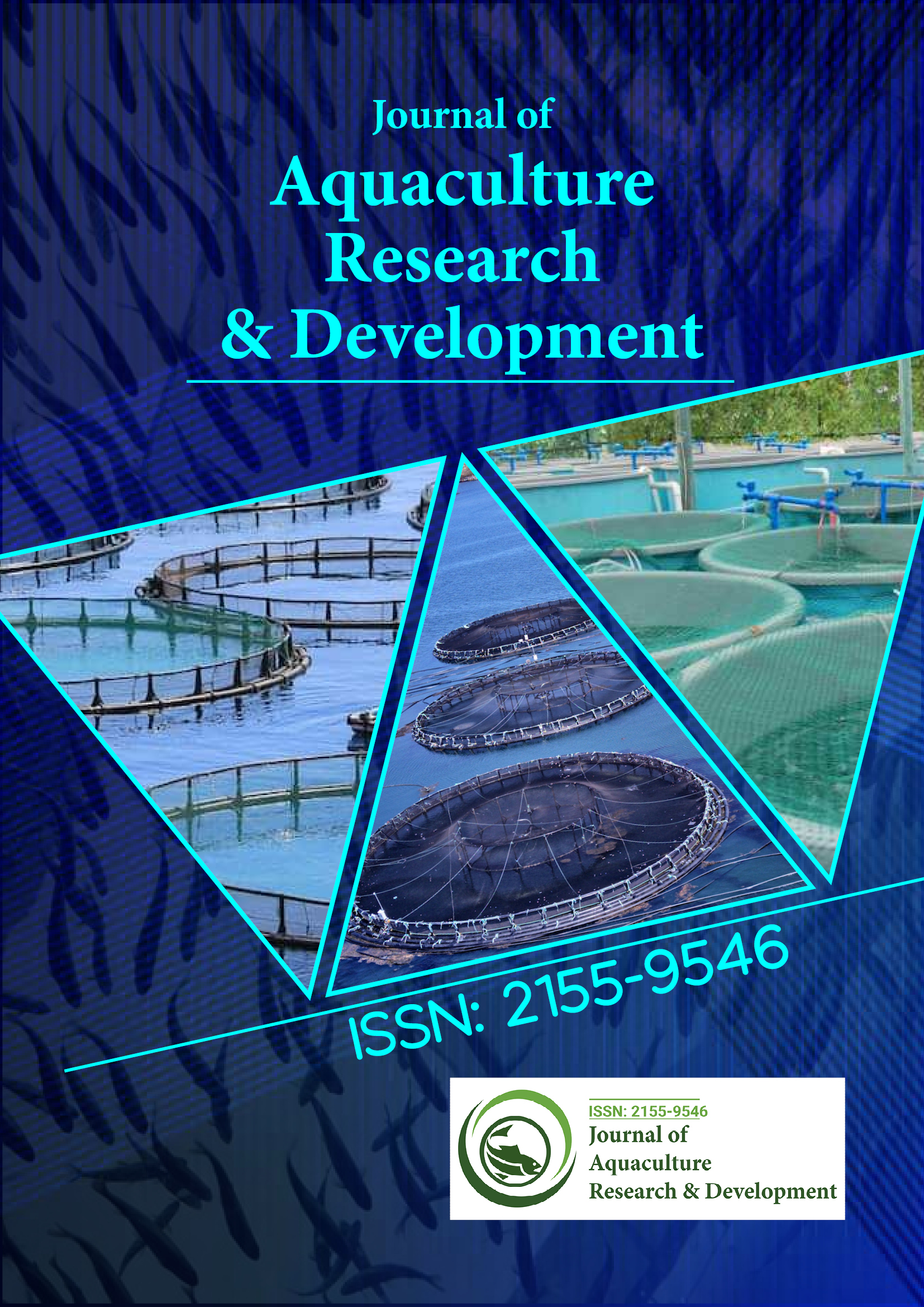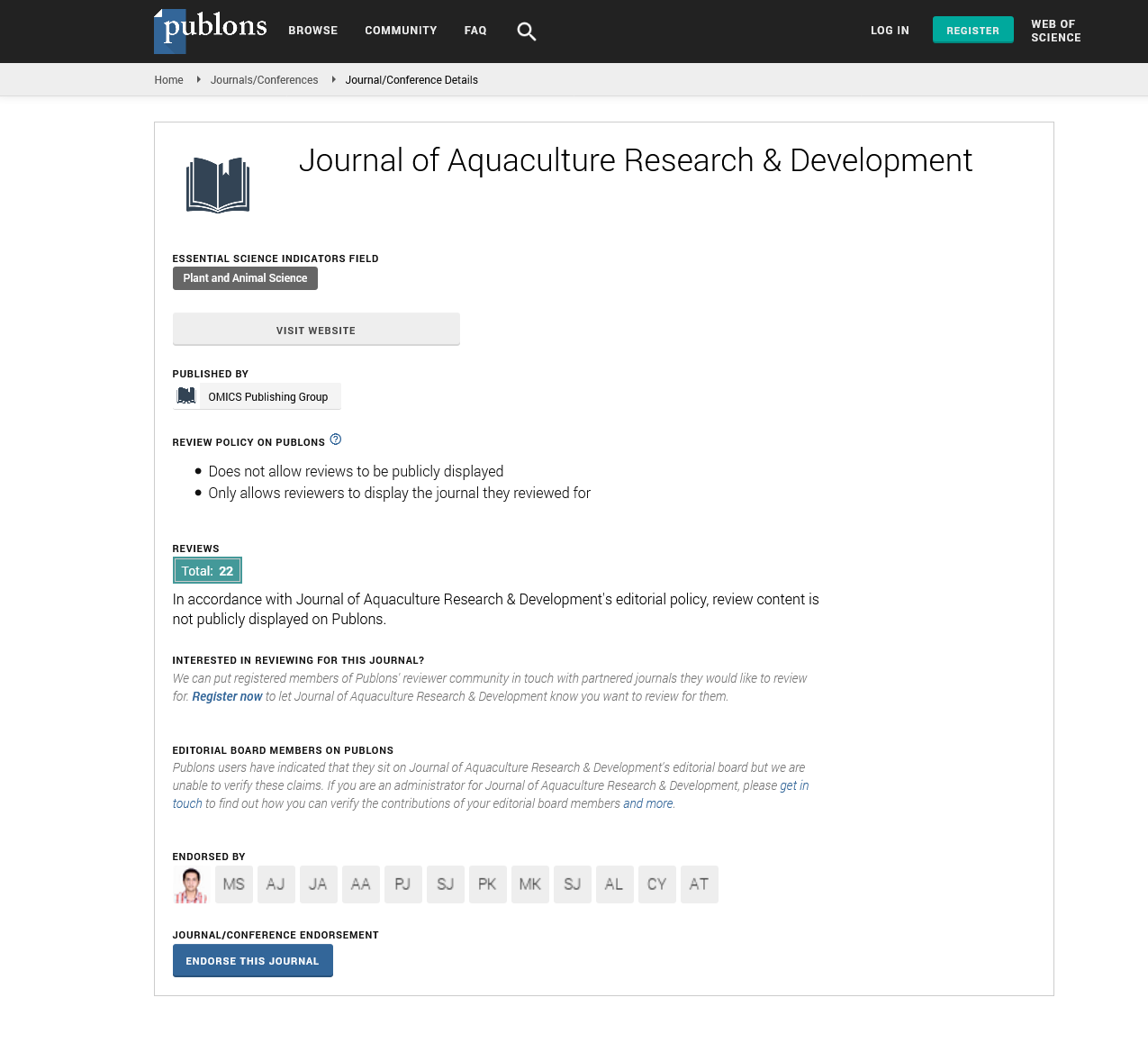Indexed In
- Online Access to Research in the Environment (OARE)
- Open J Gate
- Genamics JournalSeek
- JournalTOCs
- Scimago
- Ulrich's Periodicals Directory
- Access to Global Online Research in Agriculture (AGORA)
- Electronic Journals Library
- Centre for Agriculture and Biosciences International (CABI)
- RefSeek
- Directory of Research Journal Indexing (DRJI)
- Hamdard University
- EBSCO A-Z
- OCLC- WorldCat
- Scholarsteer
- SWB online catalog
- Virtual Library of Biology (vifabio)
- Publons
- MIAR
- University Grants Commission
- Euro Pub
- Google Scholar
Useful Links
Share This Page
Journal Flyer

Open Access Journals
- Agri and Aquaculture
- Biochemistry
- Bioinformatics & Systems Biology
- Business & Management
- Chemistry
- Clinical Sciences
- Engineering
- Food & Nutrition
- General Science
- Genetics & Molecular Biology
- Immunology & Microbiology
- Medical Sciences
- Neuroscience & Psychology
- Nursing & Health Care
- Pharmaceutical Sciences
Opinion Article - (2024) Volume 15, Issue 12
Sustainable Practices and Challenges of Aquaculture and Commercial Fishing in Maine
Salinas Jansen*Received: 27-Nov-2024, Manuscript No. JARD-24-27744; Editor assigned: 29-Nov-2024, Pre QC No. JARD-24-27744 (PQ); Reviewed: 13-Dec-2024, QC No. JARD-24-27744; Revised: 20-Dec-2024, Manuscript No. JARD-24-27744 (R); Published: 27-Dec-2024, DOI: 10.35248/2155-9546.24.15.946
Description
Maine, known for its picturesque coastlines and thriving marine ecosystems, is one of the leaders in the United States in both aquaculture and commercial fishing. These industries are vital to the state's economy, offering jobs and generating revenue while providing seafood that is in high demand across the nation and globally. However, as with any industry reliant on natural resources, aquaculture and commercial fishing in Maine face a set of challenges, including environmental concerns, sustainability and market fluctuations. This article probes into the practices, successes and difficulties of these industries, with a focus on their current state and future outlook.
Aquaculture in Maine refers to the practice of farming aquatic organisms such as fish, shellfish and seaweed. Maine’s aquaculture sector primarily focuses on the cultivation of oysters, mussels, salmon and a variety of seaweed species. According to state reports, Maine is the top producer of farm-raised Atlantic salmon in the United States and its shellfish farming operations continue to grow, contributing significantly to both local and state economies.
One of the main advantages of aquaculture is its ability to produce high-quality seafood in a controlled environment, which reduces the pressure on wild fish populations. For example, farmed salmon are raised in floating net pens located offshore, where they are monitored and cared for by aquaculturists. Similarly, shellfish farms in Maine are often established in the intertidal zone, where oysters and mussels thrive in the clean, nutrient-rich waters of the Gulf of Maine.
Maine’s aquaculture industry has been gaining momentum in recent years, supported by advancements in farming technology, a favorable climate for marine life and increasing demand for sustainable seafood. Aquaculture not only helps meet the rising demand for seafood but also provides an opportunity to restore and enhance natural ecosystems. Shellfish, for example, play a significant role in water filtration, which can improve the overall health of the ecosystem.
The state's government, alongside research institutions such as the University of Maine, is deeply involved in ensuring the industry's sustainable growth. There are clear guidelines in place to protect water quality and the surrounding environment. Maine has been proactive in regulating aquaculture, issuing licenses and managing space for farming operations in a way that minimizes negative impacts on the marine ecosystem.
Commercial fishing has been the backbone of Maine's economy for centuries. The state is home to a vibrant fishing community that targets various species, including lobsters, groundfish and shellfish. Among these, lobster fishing is the most iconic and economically significant. The lobster industry has a long-standing history in Maine and continues to thrive, with the state producing more lobsters than any other in the country.
However, commercial fishing in Maine is not without its struggles. Fluctuating fish populations, environmental changes and regulatory restrictions pose significant challenges for fishermen. For instance, the lobster industry has faced uncertainty in recent years due to concerns over climate change, which has led to warmer waters affecting lobster migration patterns and survival rates. These shifts in marine ecosystems make it difficult for fishermen to predict catch rates, impacting both short-term profits and long-term sustainability.
The Maine Department of Marine Resources (DMR) plays a central role in regulating the commercial fishing industry. It establishes quotas, sets seasonal restrictions and implements sustainability measures to prevent overfishing and ensure the health of fish populations. While these measures are vital for the future of Maine's fisheries, they can create tension among fishermen who rely on the income generated by these industries. While both aquaculture and commercial fishing are integral to Maine’s economy, they face a range of challenges that must be addressed to ensure their continued success. Both aquaculture and commercial fishing have environmental impacts that cannot be ignored. For example, fish farms require large amounts of water, which can contribute to nutrient pollution if not managed properly. In addition, the use of chemicals and antibiotics in fish farming, particularly in salmon aquaculture, can negatively affect the surrounding environment. Commercial fishing also has its own environmental issues. Overfishing, bycatch and habitat destruction caused by fishing gear can damage marine ecosystems. Climate change further exacerbates these concerns by altering the distribution of marine species, leading to shifts in fishing zones and practices. Achieving sustainability in both industries requires balancing economic goals with environmental stewardship. For aquaculture, sustainable practices involve maintaining water quality, minimizing waste and ensuring the health and welfare of farmed species. For commercial fishing, sustainability means adhering to catch limits, reducing bycatch and preventing stock depletion.
Maine has made significant progress in this area by adopting innovative management practices, but as climate change accelerates and pressures on marine life grow, new strategies will be needed to maintain sustainable fisheries and aquaculture. Both sectors are vulnerable to market fluctuations, which can significantly impact the livelihoods of fishermen and aquaculture farmers. Changes in global demand, shifting consumer preferences and competition from international markets can all contribute to instability. Additionally, external factors such as fuel prices and shipping costs directly affect the profitability of commercial fishing and aquaculture businesses. Regulations designed to protect marine ecosystems and ensure sustainable practices sometimes create friction between industry stakeholders and government agencies. While these regulations are necessary to preserve resources for future generations, they can impose burdens on businesses that rely on fishing and aquaculture for their livelihoods. Striking the right balance between effective regulation and industry growth remains an ongoing challenge.
Citation: Jansen S (2024). Sustainable Practices and Challenges of Aquaculture and Commercial Fishing in Maine. J Aquac Res Dev. 15:946.
Copyright: © 2024 Jansen S. This is an open-access article distributed under the terms of the Creative Commons Attribution License, which permits unrestricted use, distribution, and reproduction in any medium, provided the original author and source are credited.

